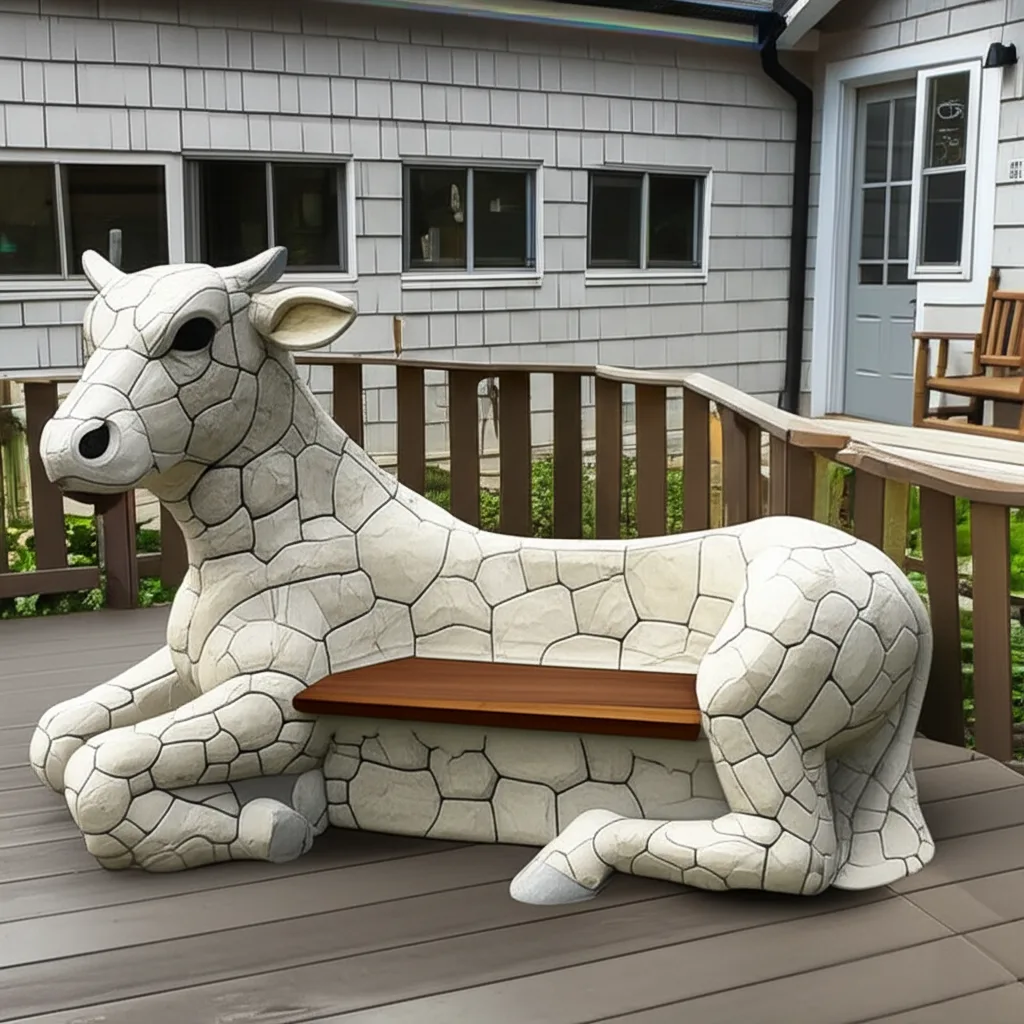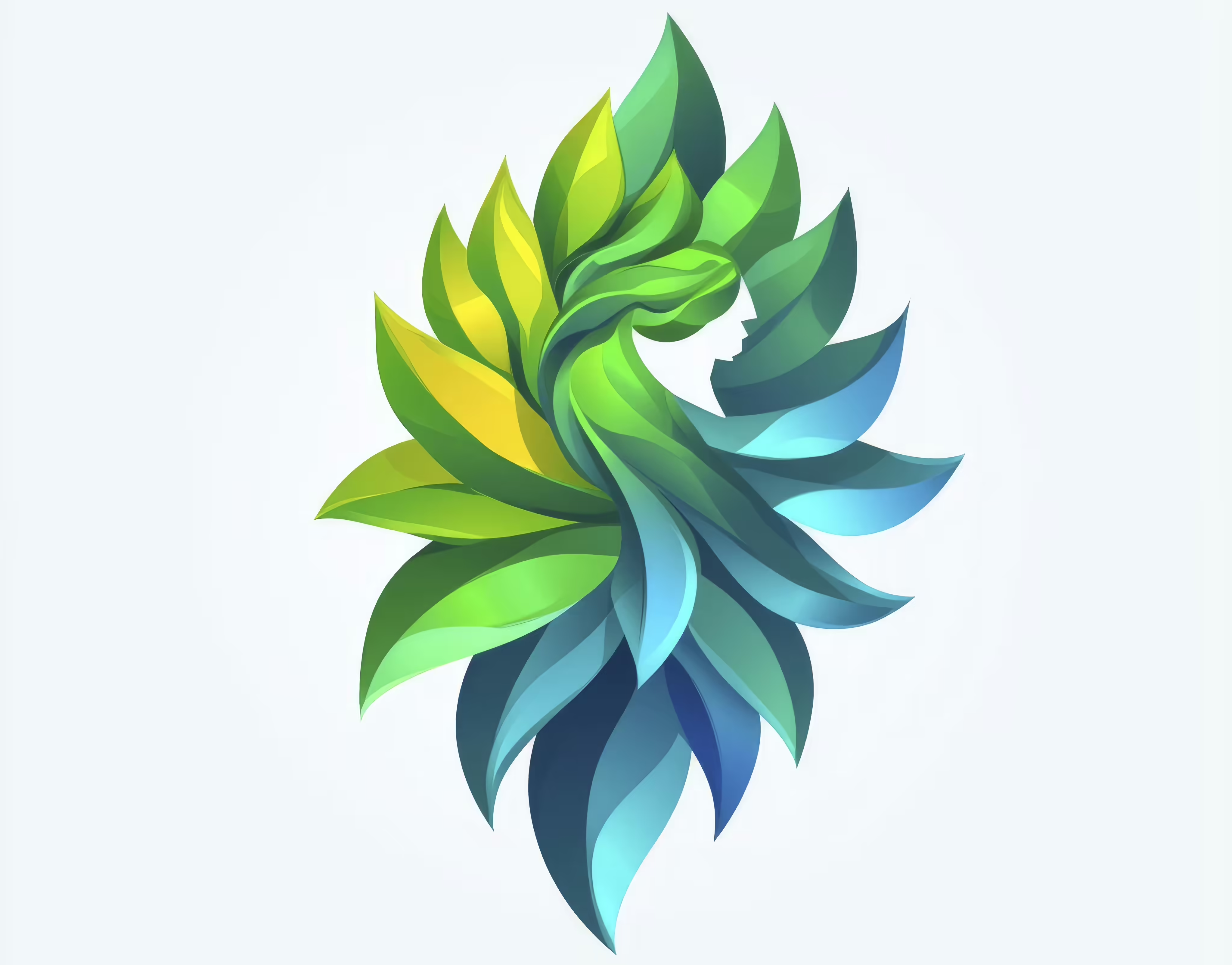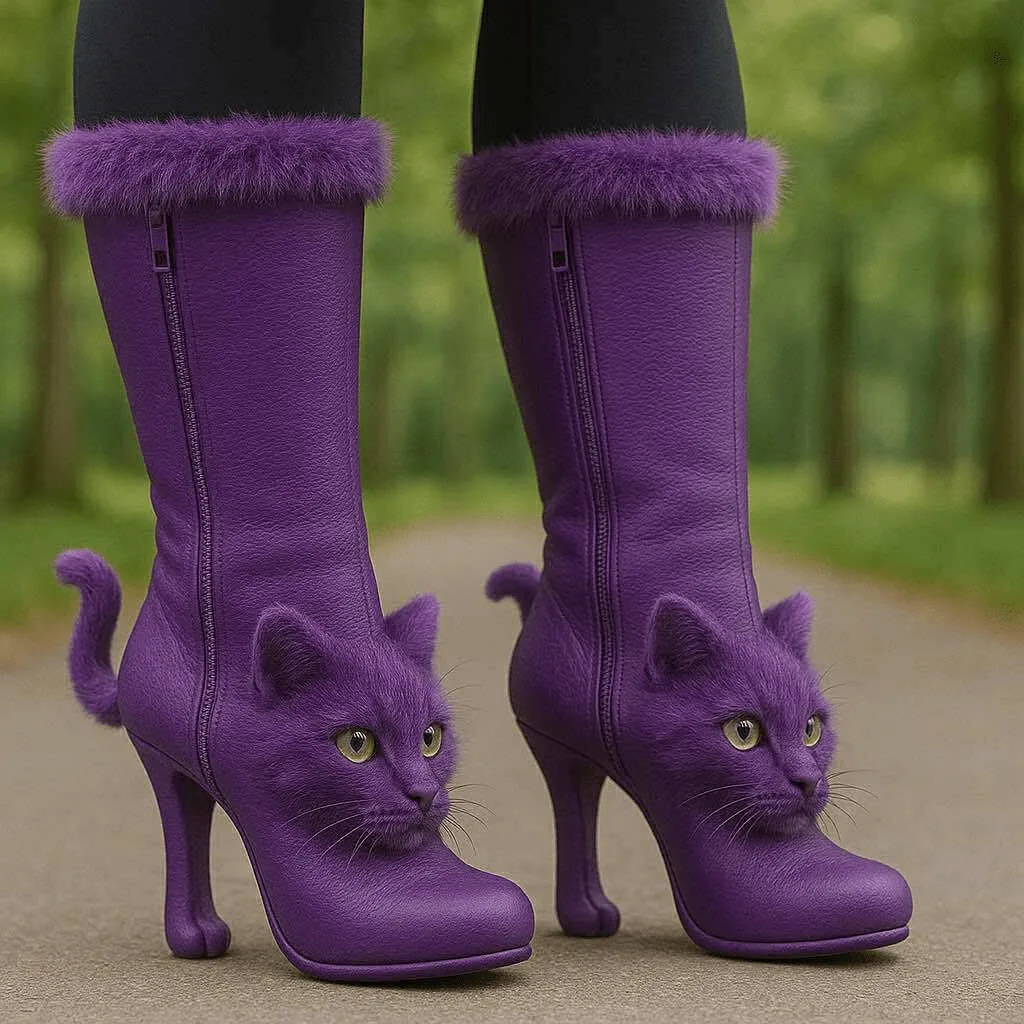Contents
Where Wildlife Meets Craftsmanship
In a world where outdoor furniture is often driven by minimalism and mass production, animal benches made from stone offer a breath of artistic authenticity. These unique creations merge sculpture and seating, transforming ordinary garden or park benches into stone-carved tributes to wildlife. Whether shaped like majestic lions, gentle turtles, soaring birds, or mythical creatures, these benches serve not only as places to sit but as captivating installations that tell stories and evoke emotions. Fusing the raw permanence of natural stone with the beauty of animal forms, they bring a sense of enchantment and grounded serenity to any landscape.
The Artistic Origins of Stone Animal Benches
Animal-themed stone benches trace their roots to ancient traditions of storytelling through sculpture and functional art.
- Historical Influence: From ancient Egyptian sphinxes to Chinese stone lions, cultures have long honored animals through carving.
- Functional Art: These benches blur the lines between usability and artistic display, echoing the legacy of garden statuary in European and Asian landscapes.
- Modern Revival: Contemporary artists and stonemasons are revisiting this old-world concept with fresh interpretations—whimsical, realistic, abstract, or mythological.
Each bench becomes both a resting place and a tribute to the enduring bond between humans, nature, and craft.
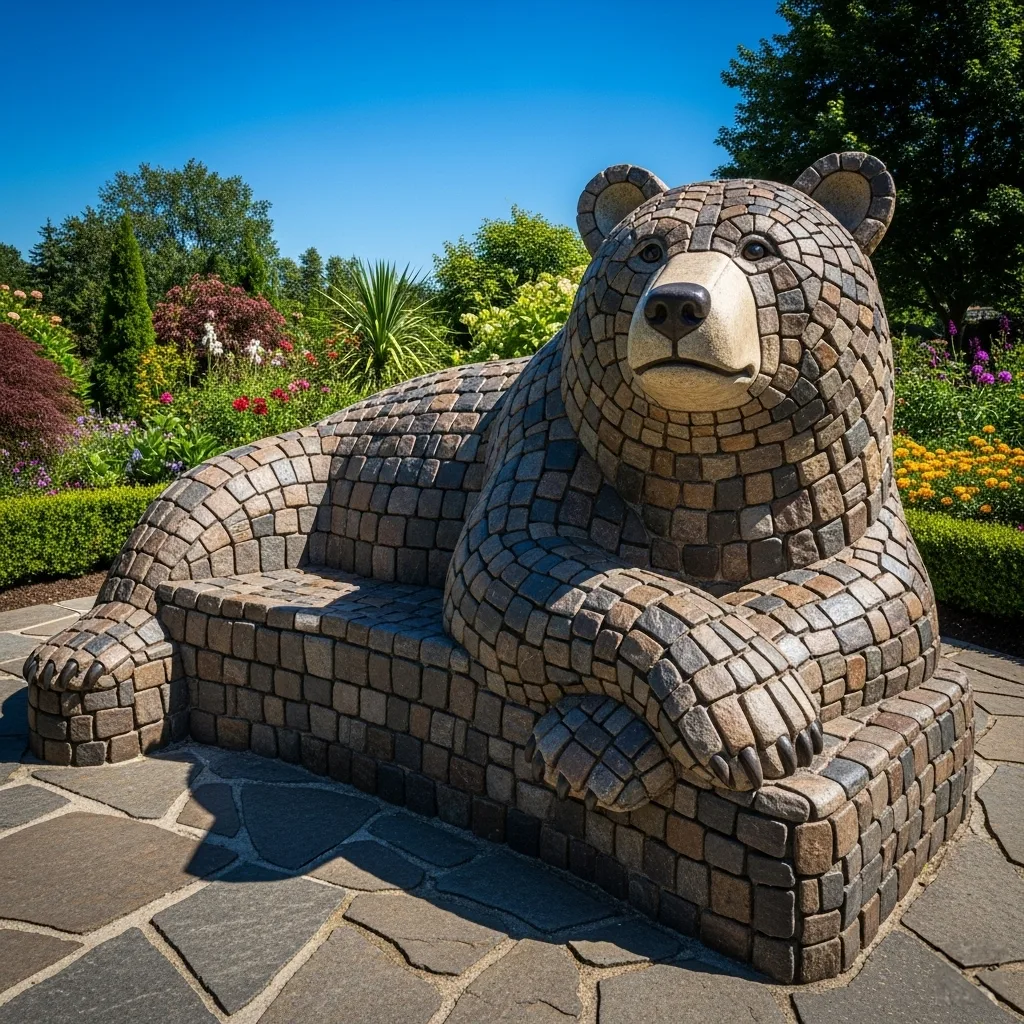
Common Animal Motifs in Stone Benches
Animal-shaped benches can reflect local wildlife, spiritual symbols, or cultural icons—each choice altering the emotional tone and meaning.
- Lions and Big Cats: Often carved in regal poses, lion benches symbolize strength, protection, and authority.
- Turtles: These peaceful, grounded creatures reflect patience and endurance, making them popular in meditative gardens.
- Birds: Eagles, owls, or swans with wings outstretched represent freedom, wisdom, and transformation.
- Dogs and Bears: Friendly or powerful animals like these evoke loyalty and guardianship.
- Mythical Creatures: Dragons, phoenixes, and griffins add fantasy elements and symbolic richness to outdoor spaces.
The form of the animal chosen often aligns with the mood or purpose of the setting—be it reverence, playfulness, or serenity.
Craftsmanship and Materials
Creating a stone animal bench requires both technical precision and artistic vision.
- Material Choices: Granite, limestone, sandstone, and marble are commonly used for their durability and texture.
- Hand-Carving Techniques: Many are shaped entirely by hand, with chisels and hammers used to define intricate fur, feathers, or scales.
- Modern Tools: Some artisans incorporate CNC machinery or laser-guided cutters for rough shaping, followed by hand detailing.
- Surface Finishes: Smooth-polished or rough-hewn surfaces can change the feel of the piece—from elegant to rustic.
This combination of technique and natural material means that no two stone animal benches are ever truly alike.
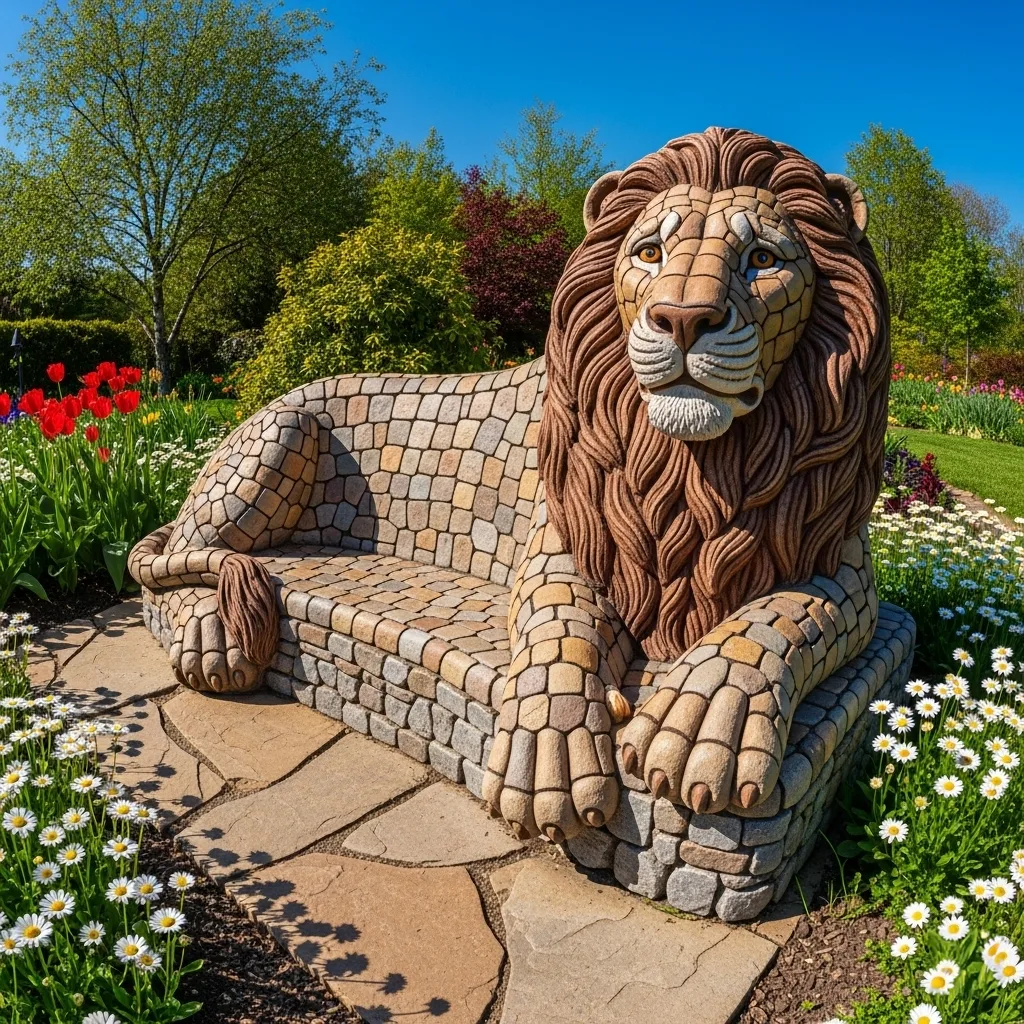
Placement and Use in Landscape Design
Where and how these benches are placed plays a major role in how they are experienced.
- Garden Paths and Groves: Tucked beneath trees or alongside trails, these benches invite quiet contemplation.
- Public Parks and Zoos: Positioned near animal exhibits or ponds, they educate and engage both children and adults.
- Memorial Spaces: In cemeteries or remembrance gardens, animal benches can be symbols of spirit guides, comfort, or familial bonds.
- Educational Settings: Schools or museums use them as interactive art pieces that spark curiosity and appreciation for animals.
- Private Estates and Resorts: Luxury landscapes often incorporate these benches as signature focal points or conversation pieces.
Their function extends beyond sitting—they shape the mood and storytelling of the space they inhabit.
Cultural and Symbolic Significance
In many cultures, animals carved from stone carry deeper meanings.
- Feng Shui and Spirituality: Stone animals are used to guard entrances or balance energy flows in Asian garden design.
- Myth and Storytelling: Each animal carries myths, fables, and folklore—making the bench a subtle communicator of values and history.
- Ecological Awareness: Wildlife-themed benches also raise consciousness about conservation and our relationship with the animal world.
These layers of symbolism allow each bench to resonate differently with every viewer.
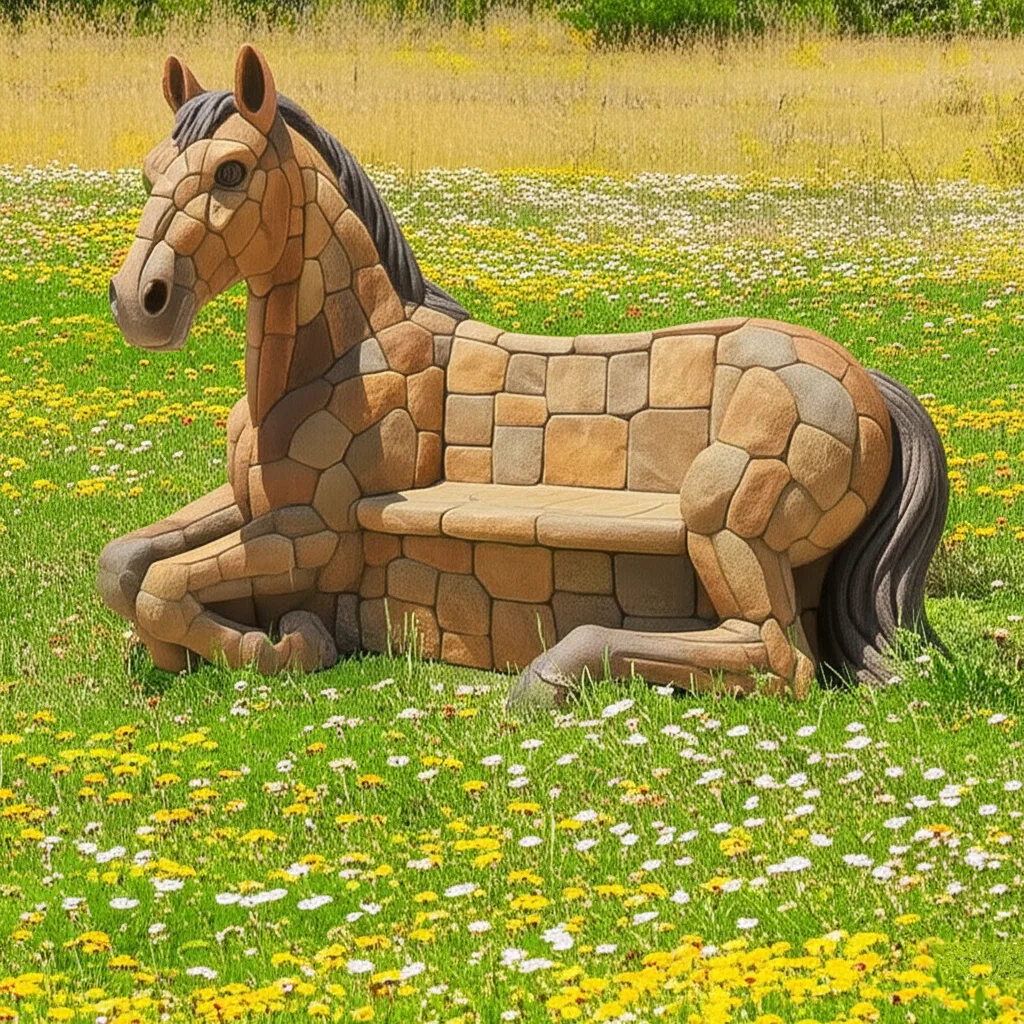
Benefits of Stone Animal Benches
Beyond their beauty, these benches offer several practical and emotional benefits:
- Durability: Stone benches last for decades—even centuries—with minimal maintenance.
- Weather Resistance: They withstand rain, sun, and wind without deteriorating.
- Anchored Presence: Their weight and grounding quality make them feel like permanent fixtures of the land.
- Sensory Appeal: The coolness of stone, the textures under hand, and the intricate carvings add to the sensory experience.
- Mental and Emotional Impact: Sitting beside or on a sculpted animal can create a moment of connection, grounding, or even joy.
These aren’t just benches—they’re touchpoints for reflection, play, and presence.
Commissioning and Purchasing Options
While some stone animal benches are mass-produced, many are commissioned or handcrafted.
- Custom Orders: Artists can create benches based on personal stories, spirit animals, or local wildlife preferences.
- Artisan Collectives: Skilled stonemasons often sell their work through sculpture galleries or garden décor expos.
- Cultural Retailers: Stores specializing in Asian, African, or Native art may carry region-specific animal designs.
- Public Art Programs: Communities can commission benches as part of beautification or civic storytelling projects.
Prices can range from $1,000 to over $10,000 depending on size, complexity, and material, making them both accessible and collectible.
Sustainability Considerations
Although stone is natural, ethical sourcing and eco-conscious production still matter.
- Locally Quarried Stone: Choosing local materials reduces the carbon footprint and supports regional artisans.
- Low-Impact Finishing: Using hand tools and minimal chemical treatments preserves the stone’s integrity and avoids pollution.
- Longevity Over Waste: A well-made stone bench can outlast many furniture generations, making it a sustainable choice compared to plastics or wood.
Choosing stone over synthetics ensures a timeless piece that honors the earth in both form and ethics.
Carving Stories in Stone
Animal benches made from stone are more than beautiful seats—they are sculptural narratives, rooted in craftsmanship, nature, and storytelling. Whether adorning a quiet garden, anchoring a public park, or serving as a tribute in a sacred space, these benches invite both rest and reflection. Their animal forms breathe life into cold stone, reminding us of our connection to the natural world and the enduring power of art. By choosing to incorporate these expressive creations into our environments, we don’t just add furniture—we add meaning, magic, and timeless elegance to the spaces we cherish most.
